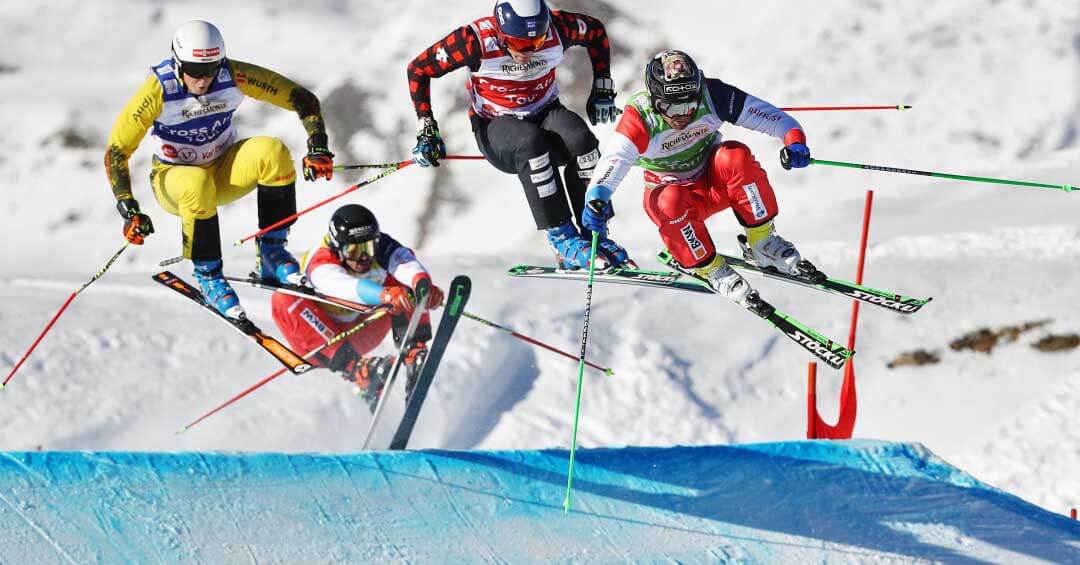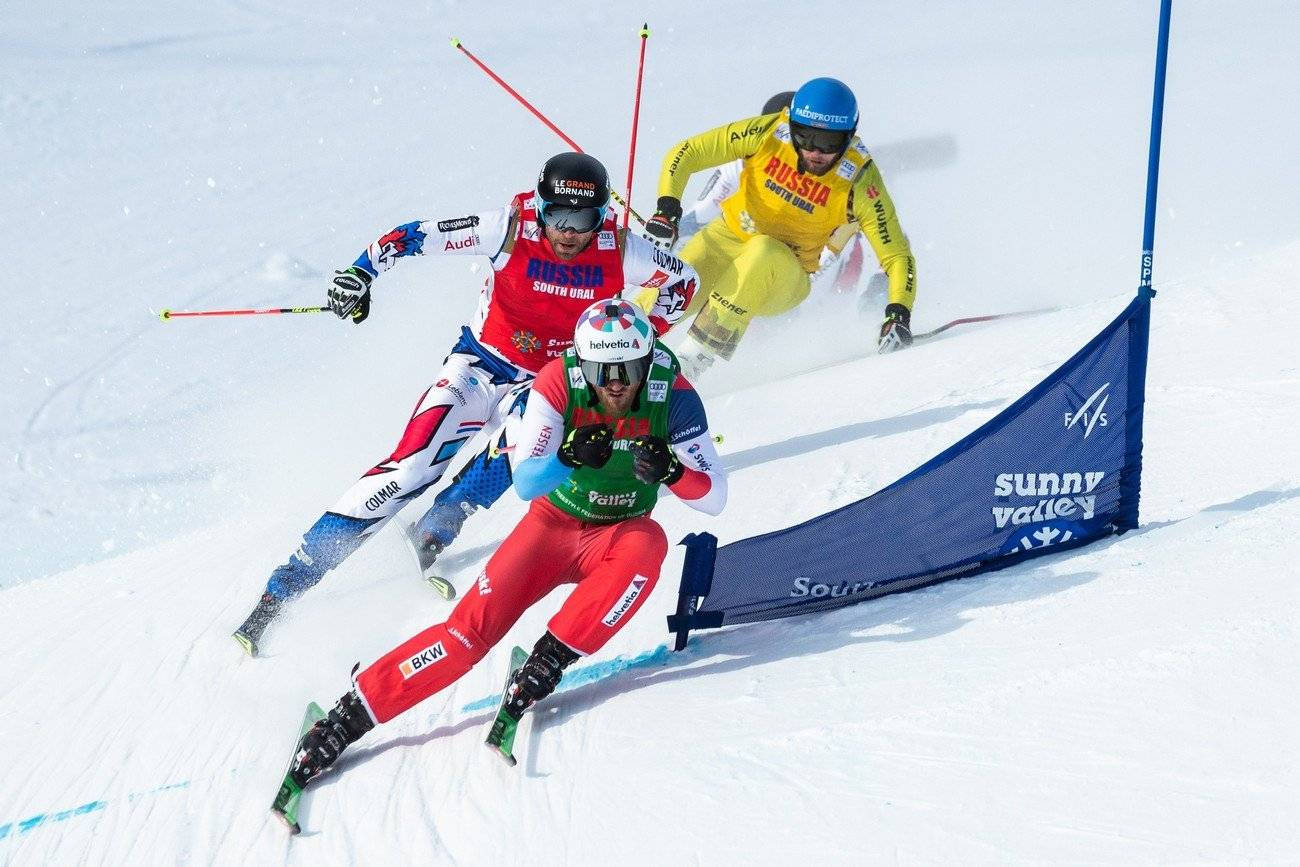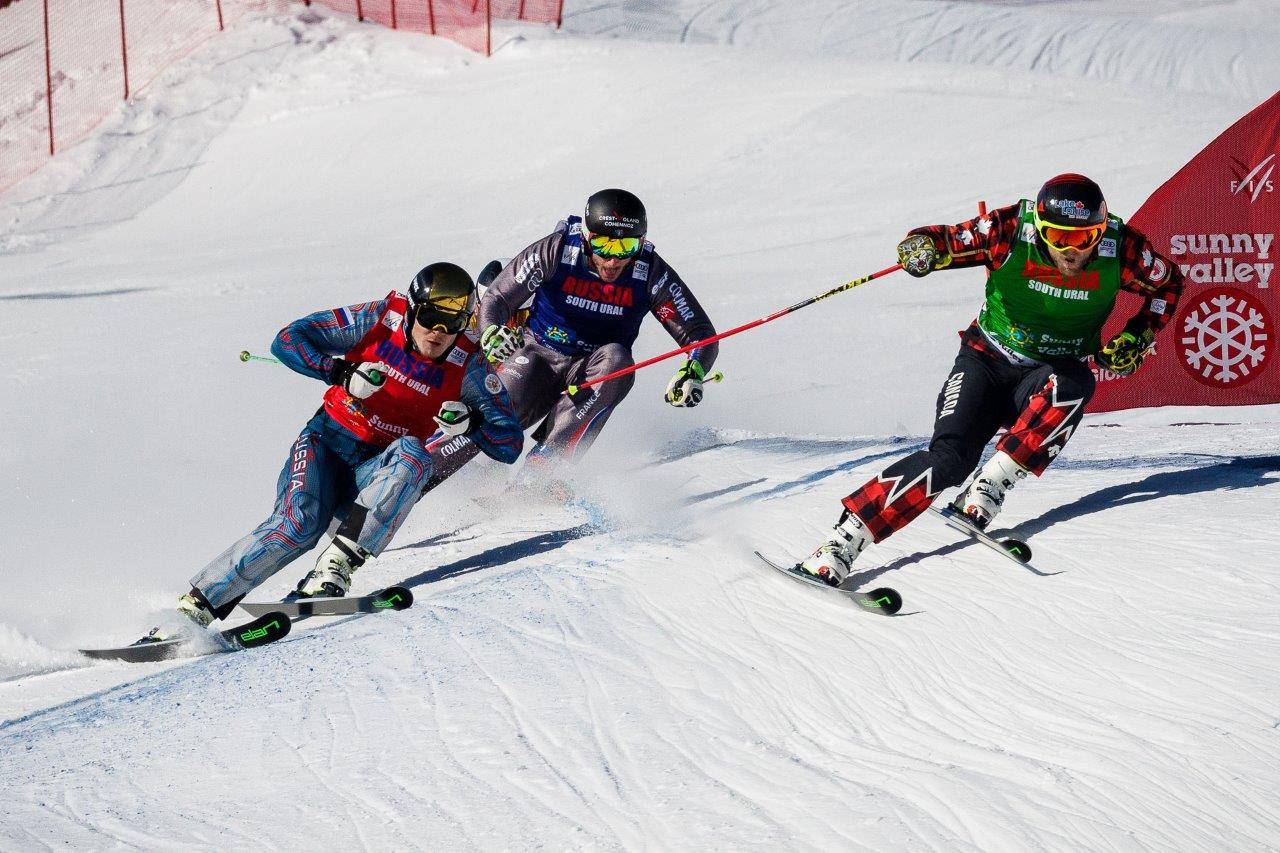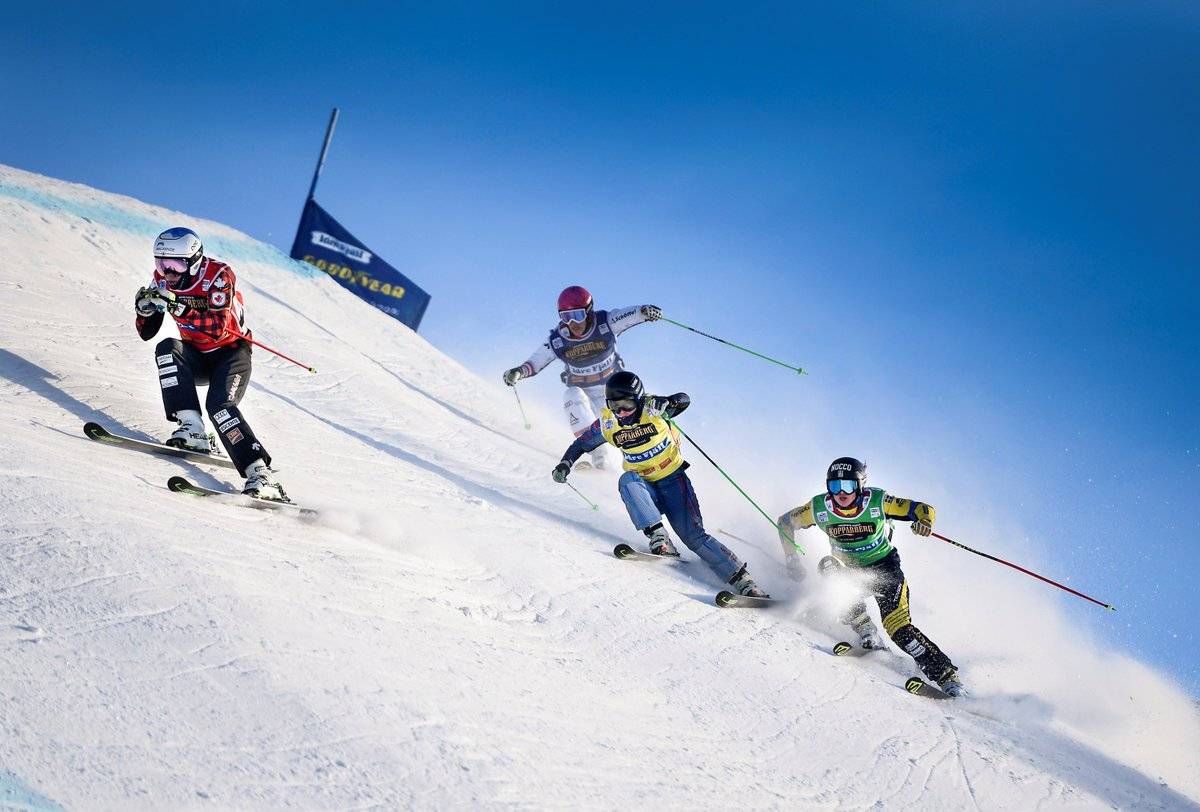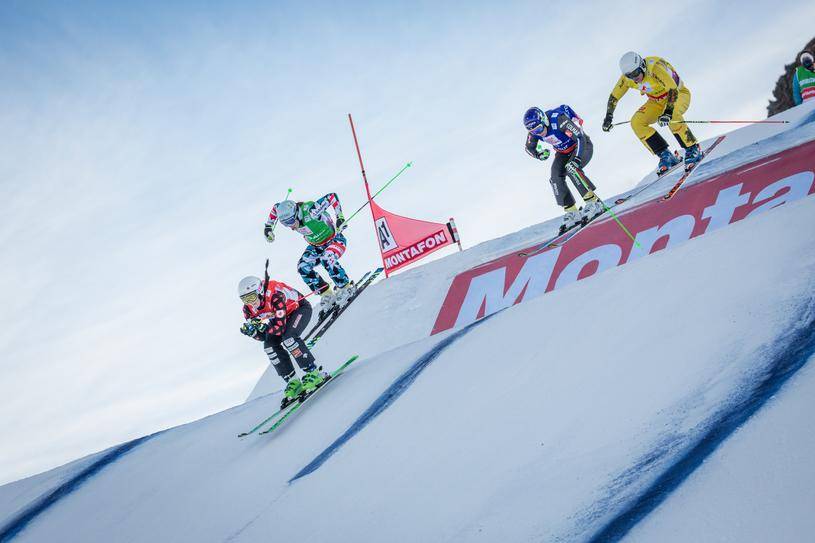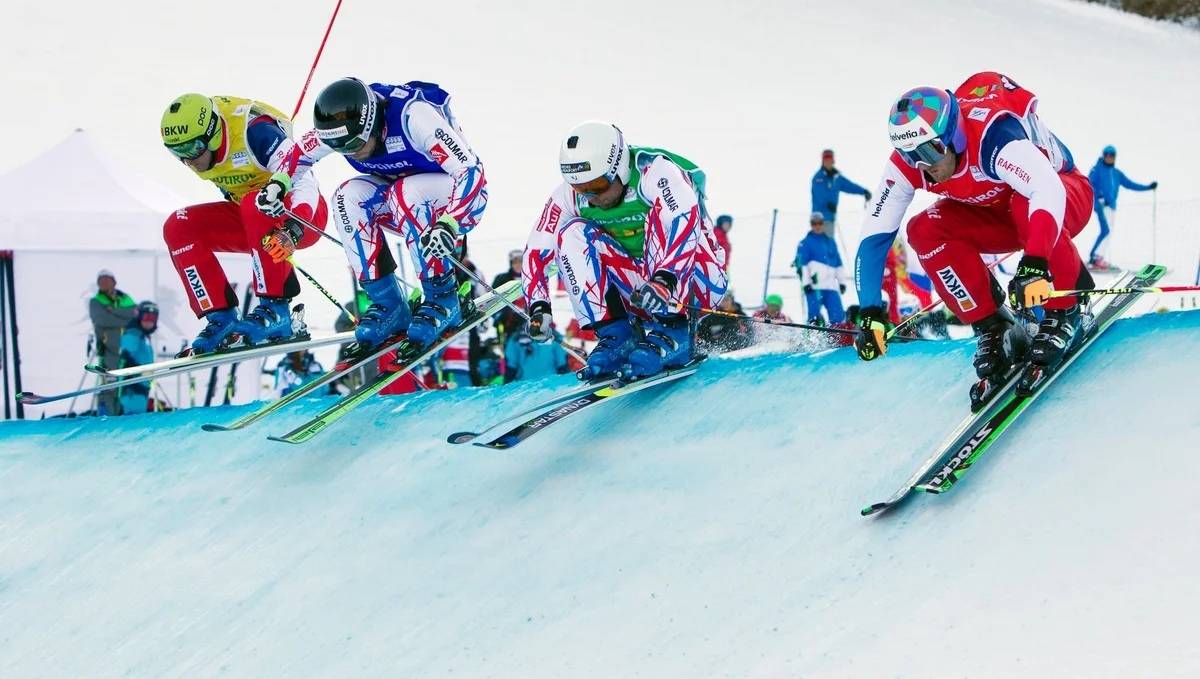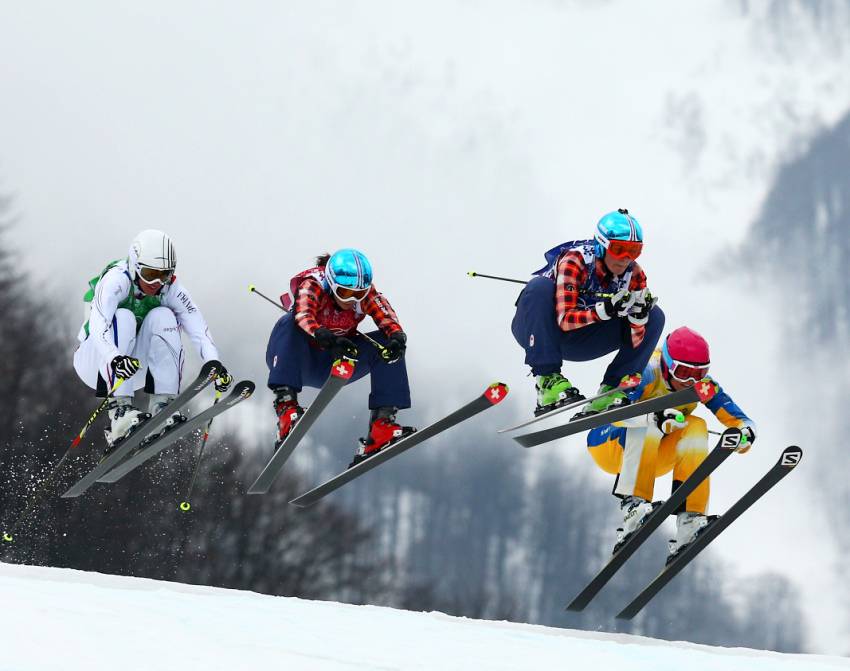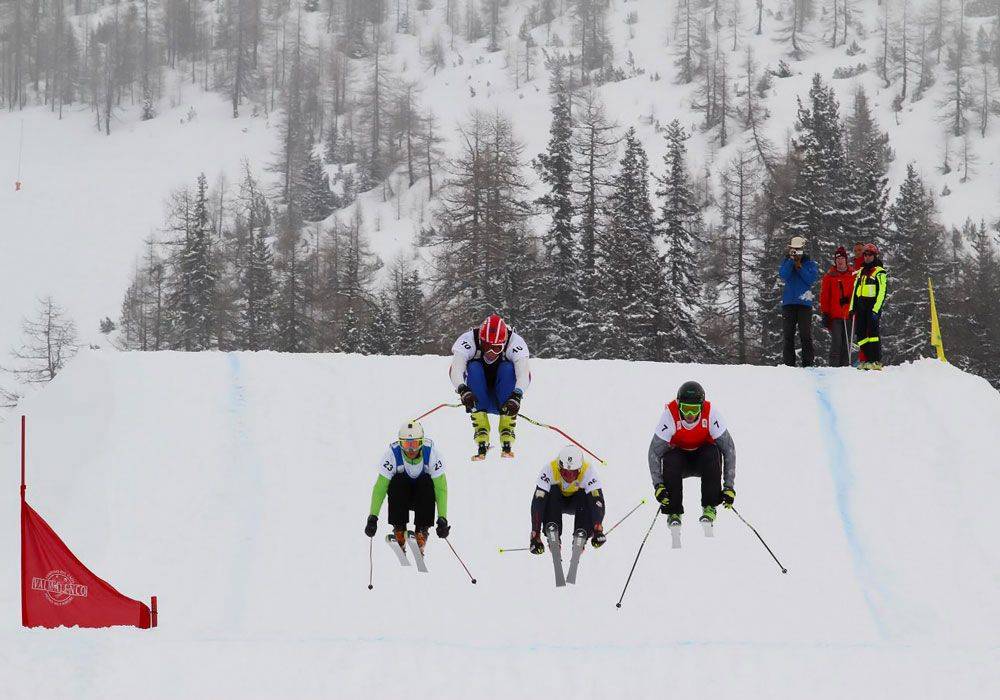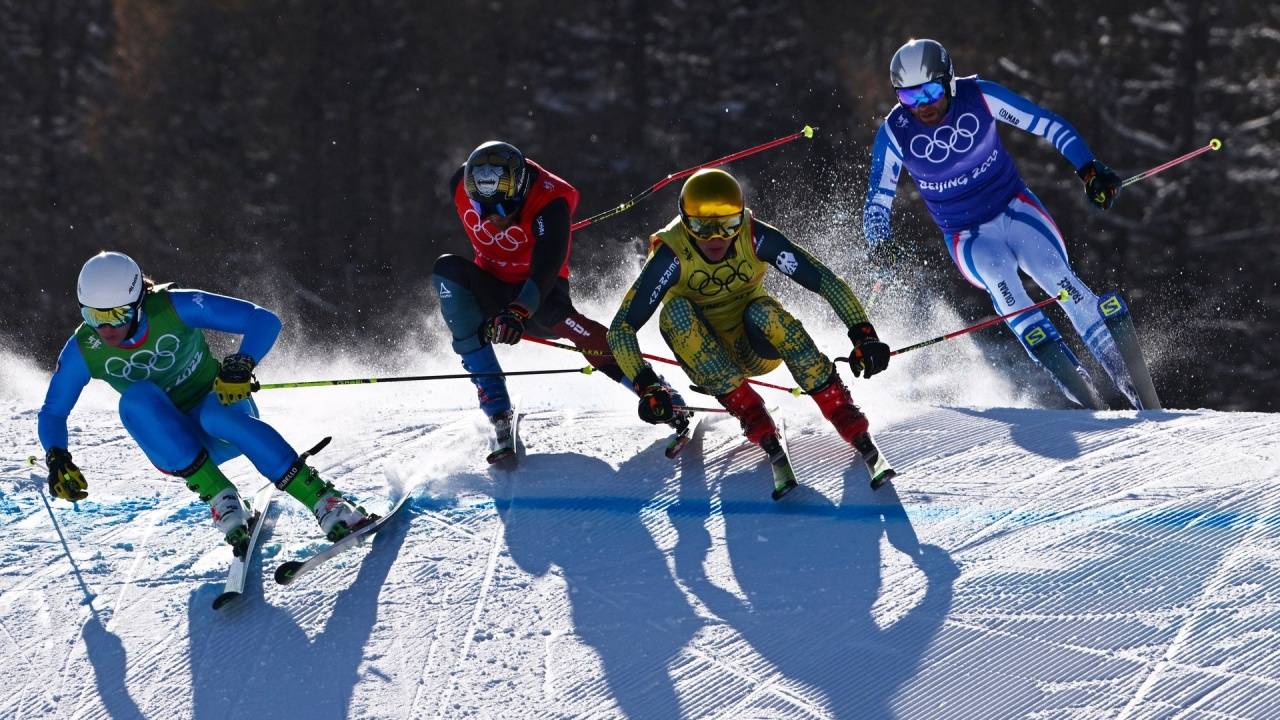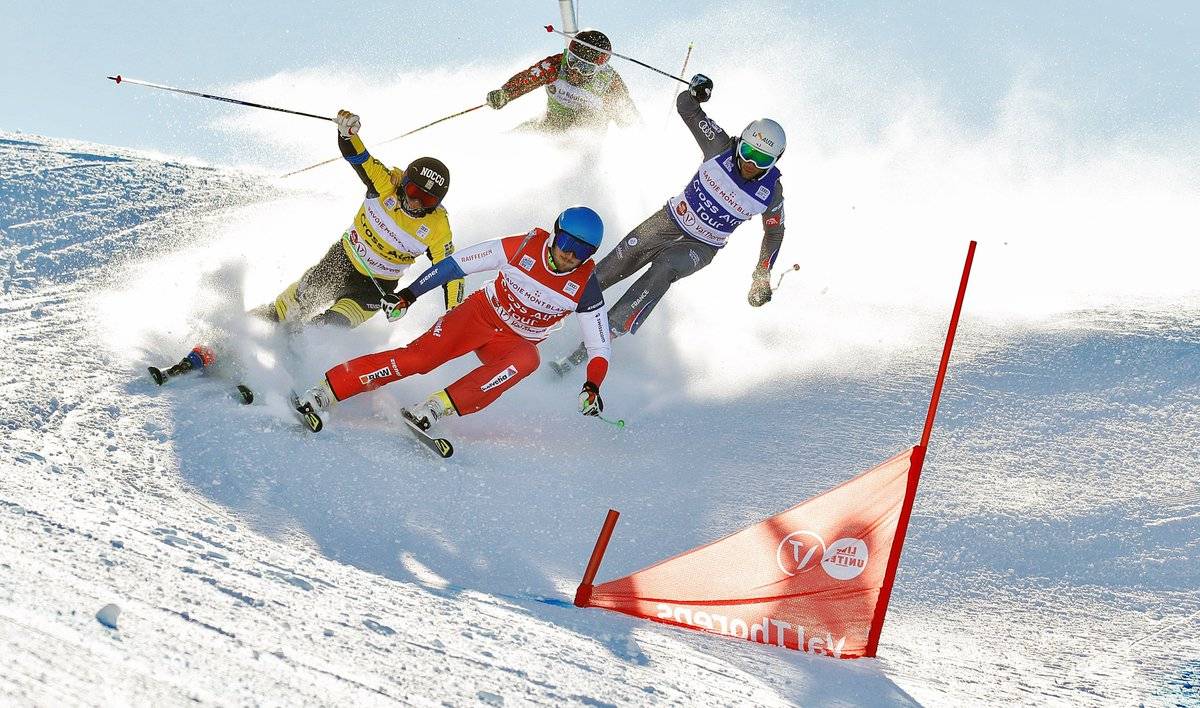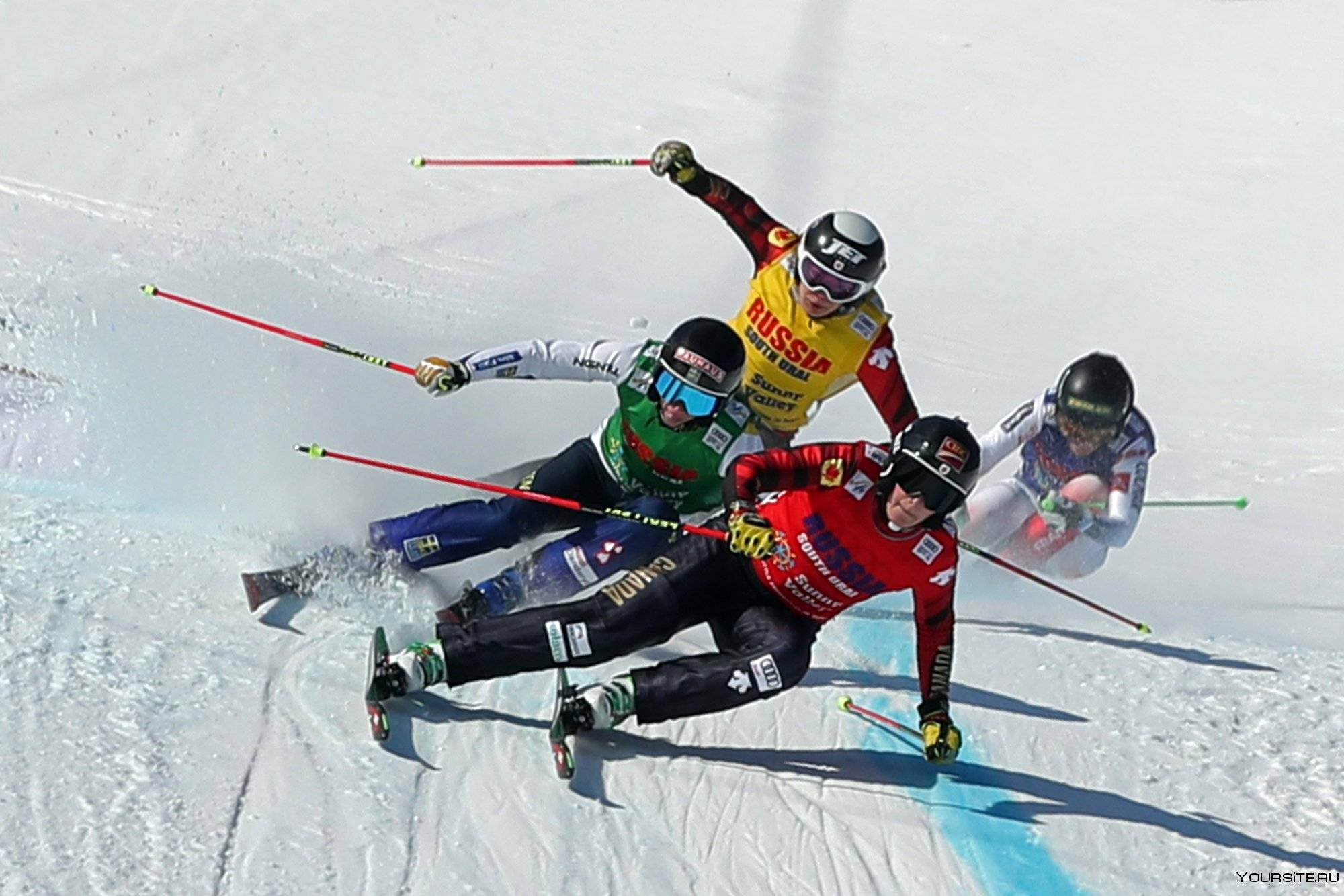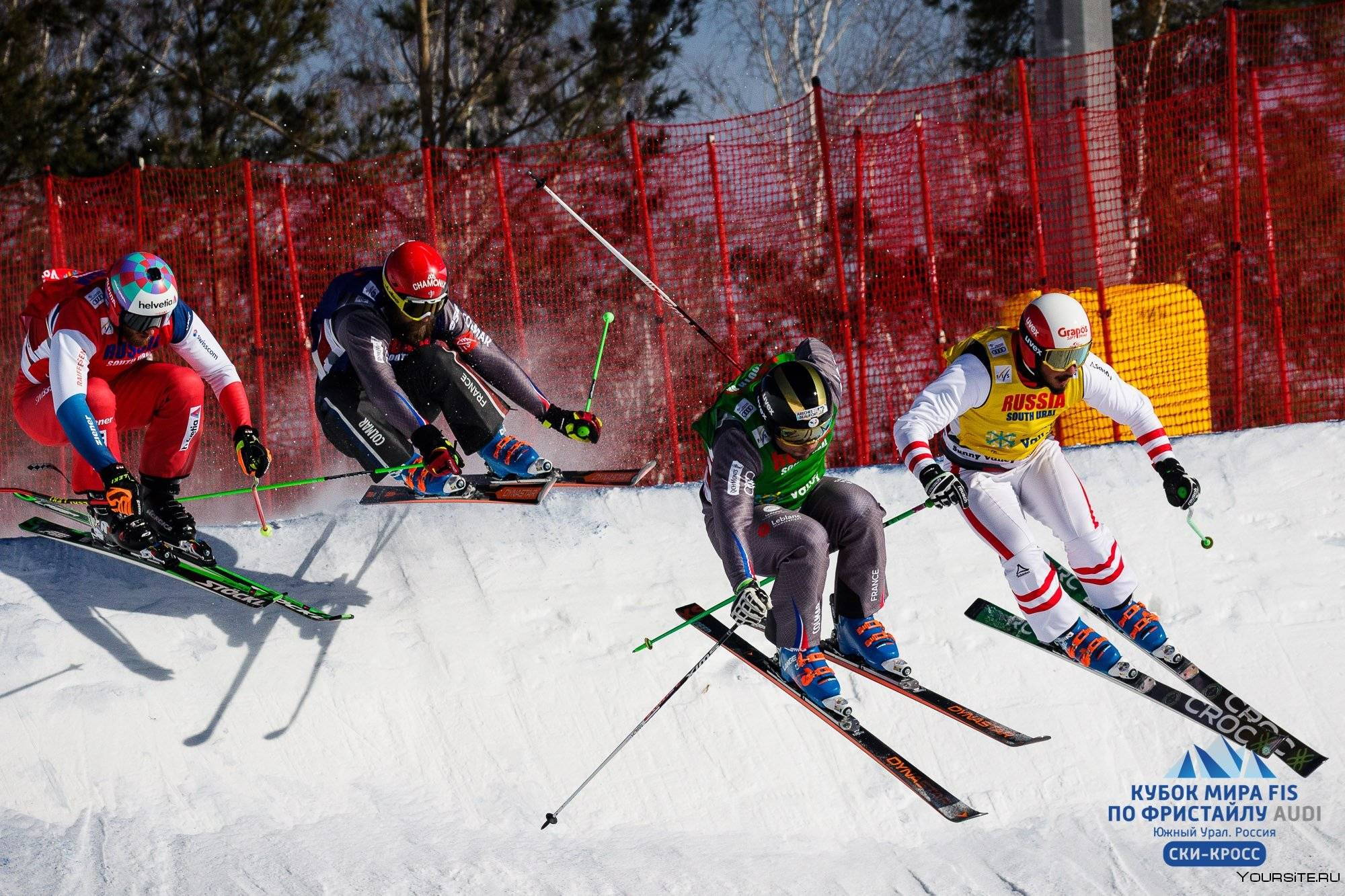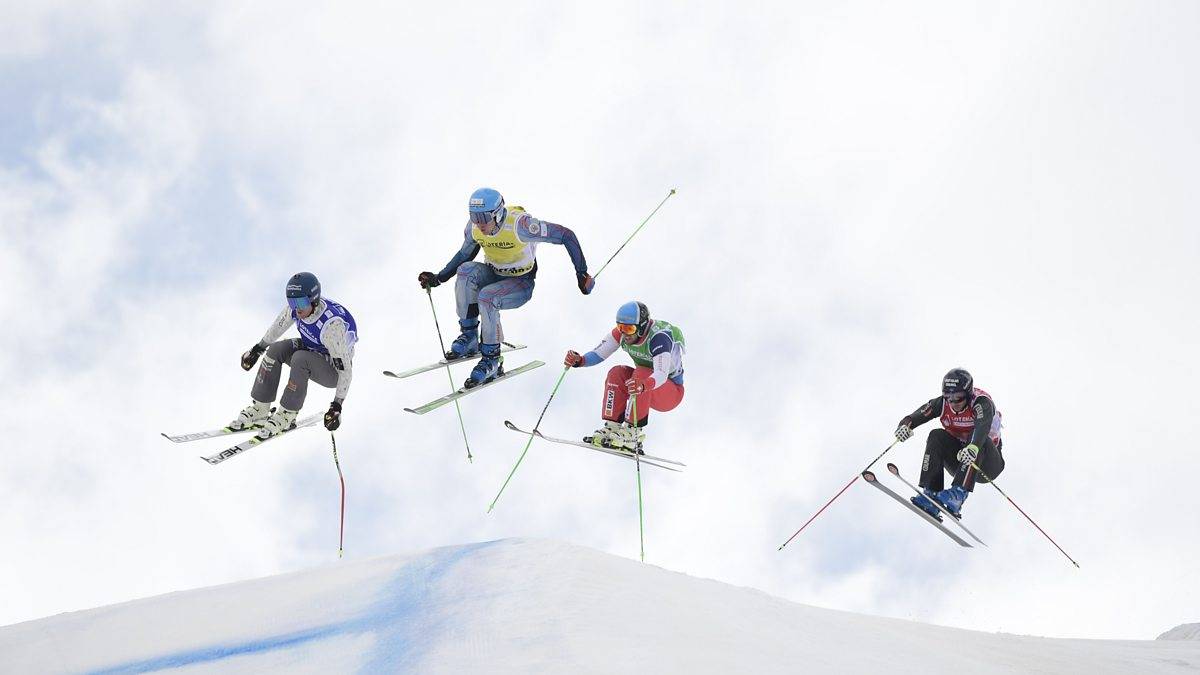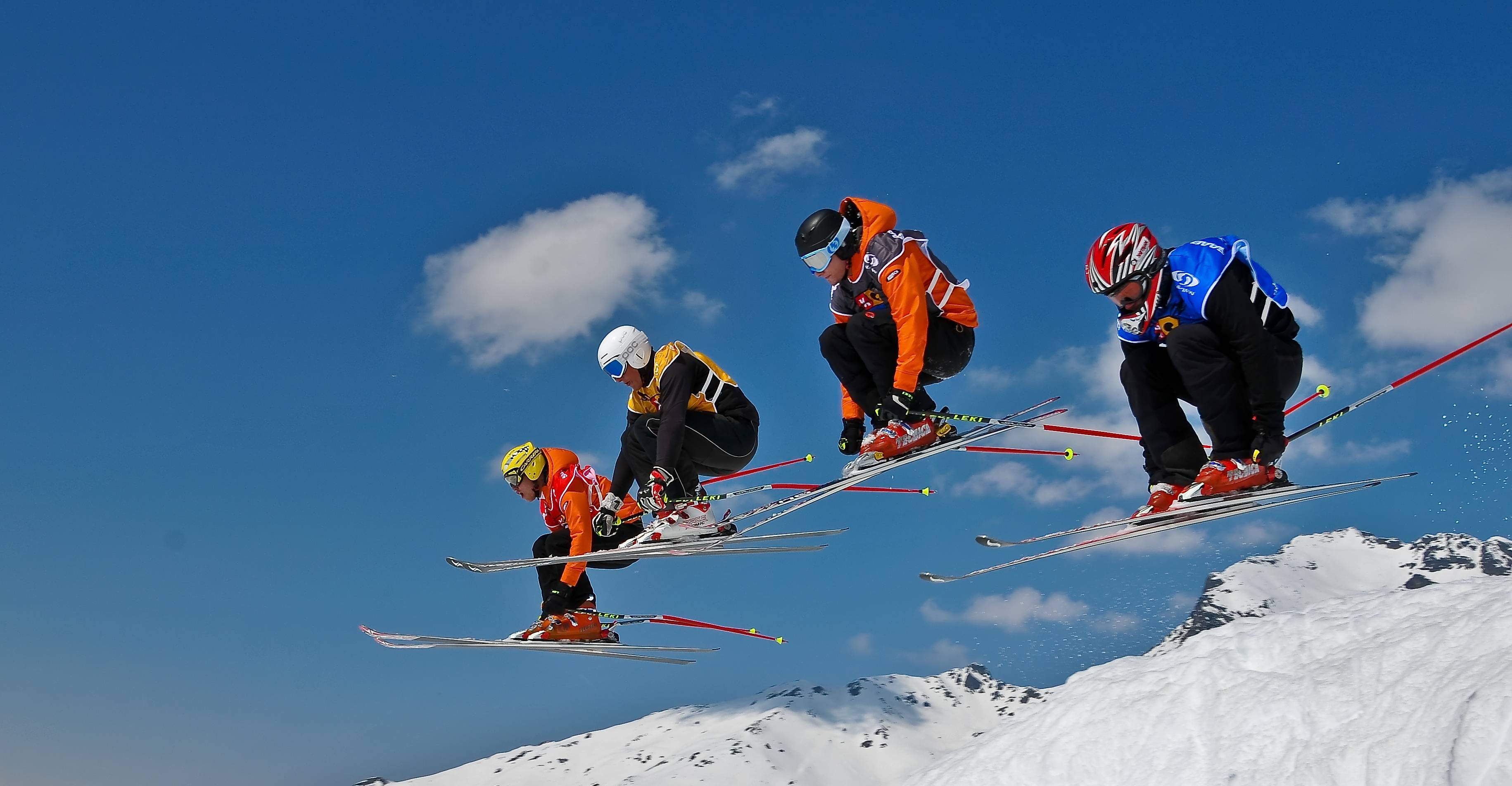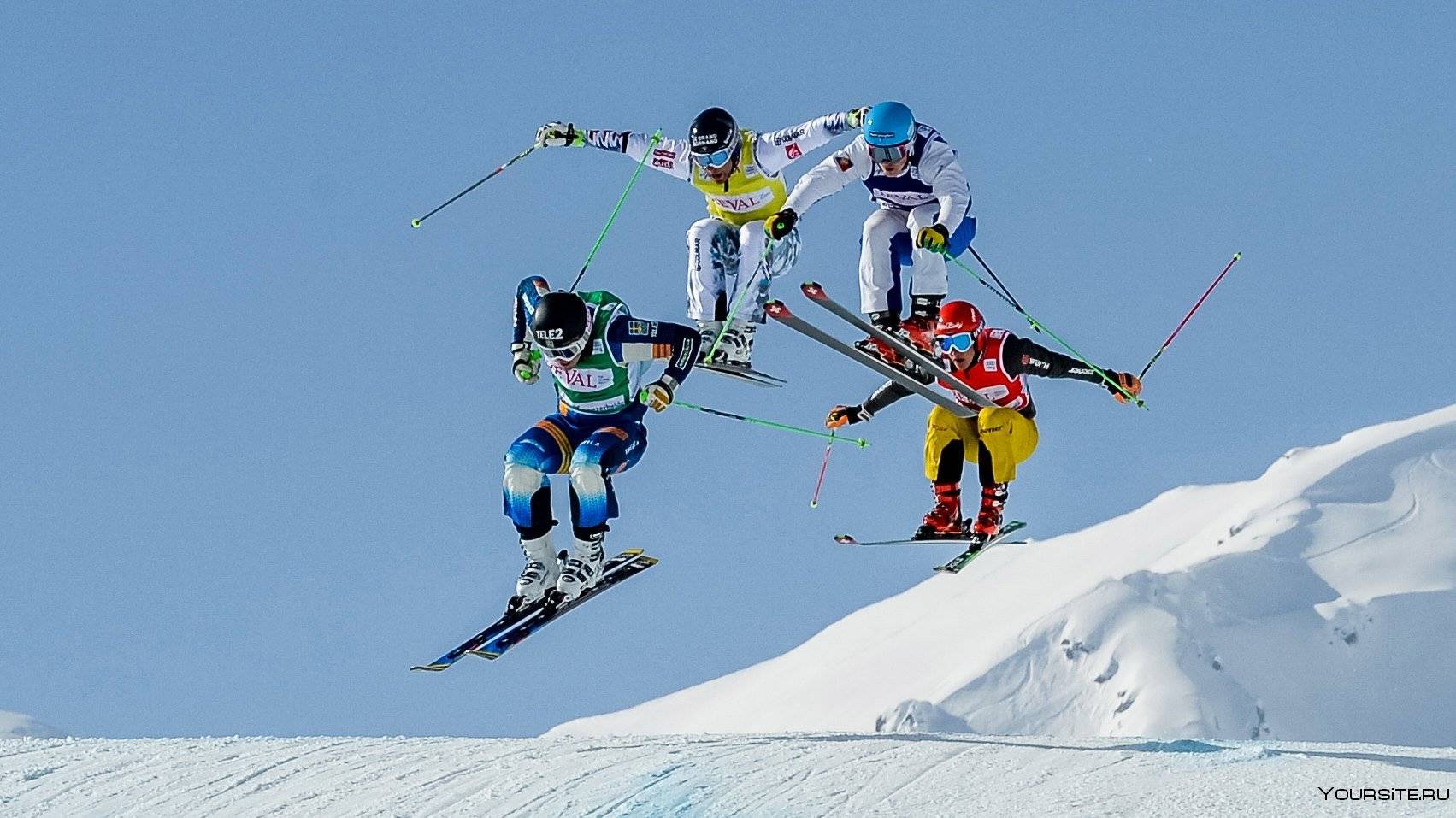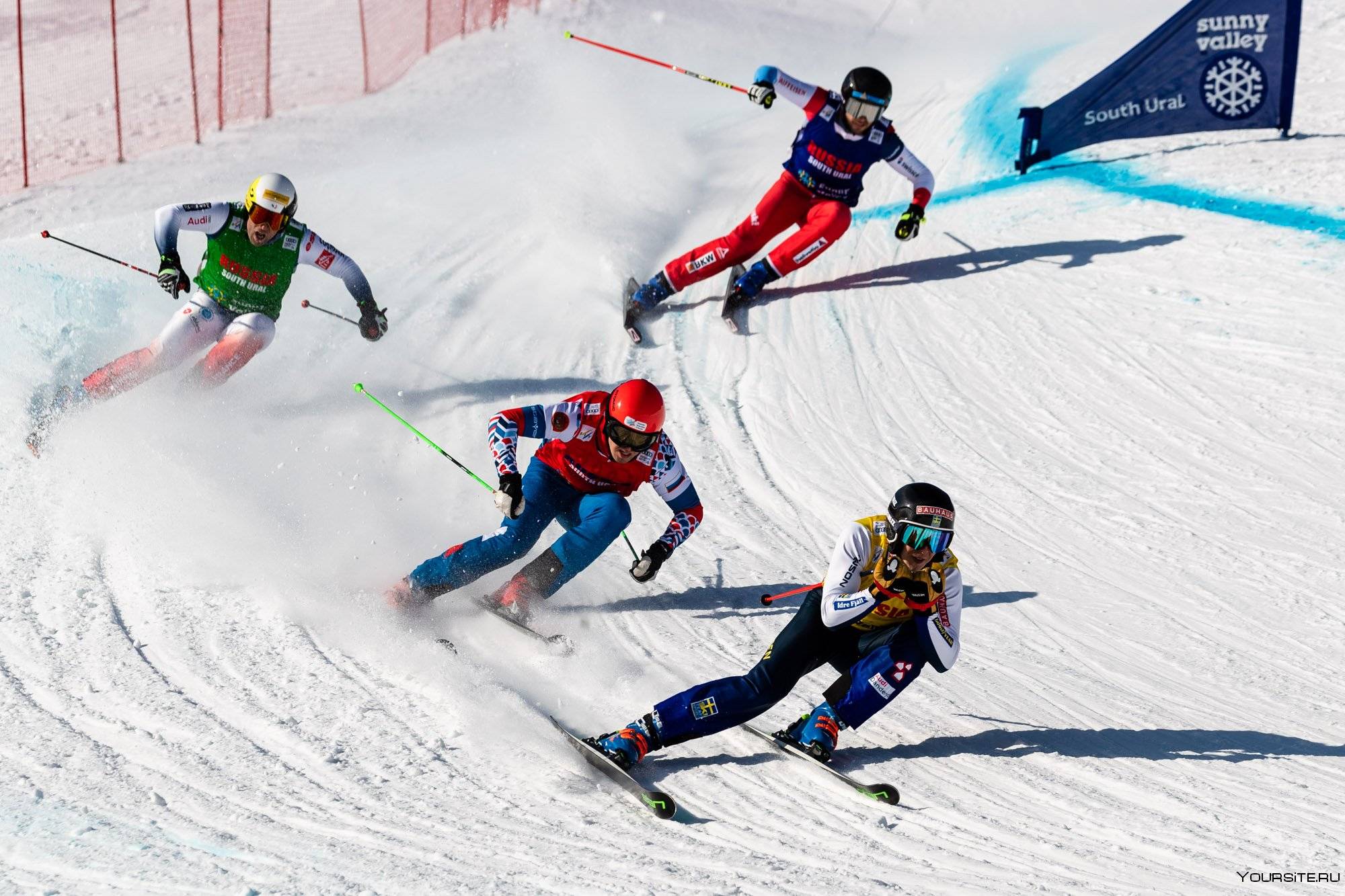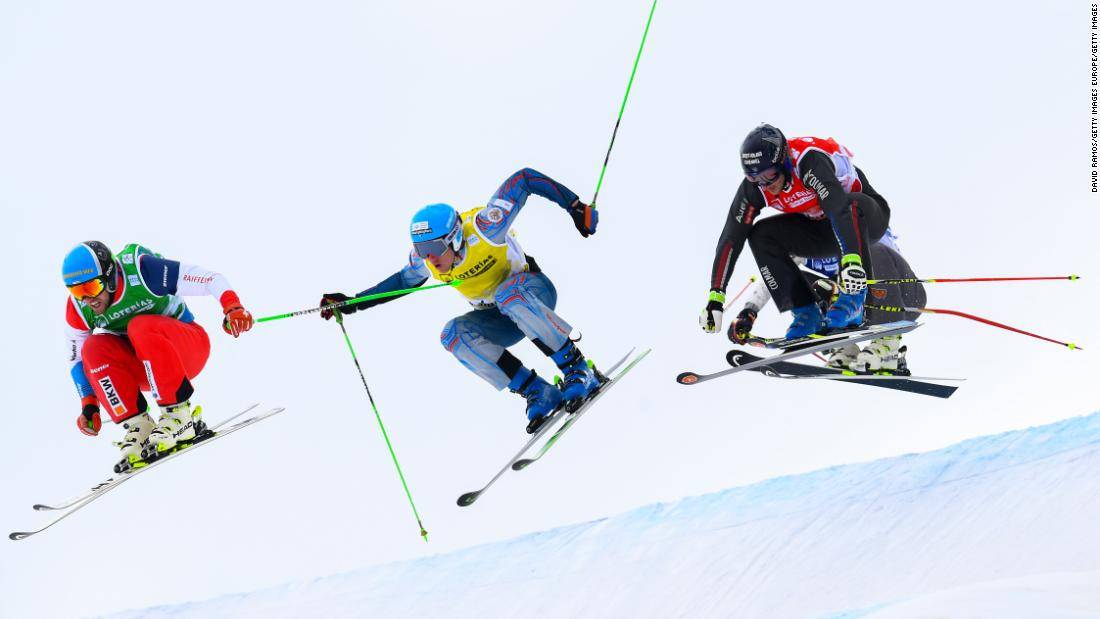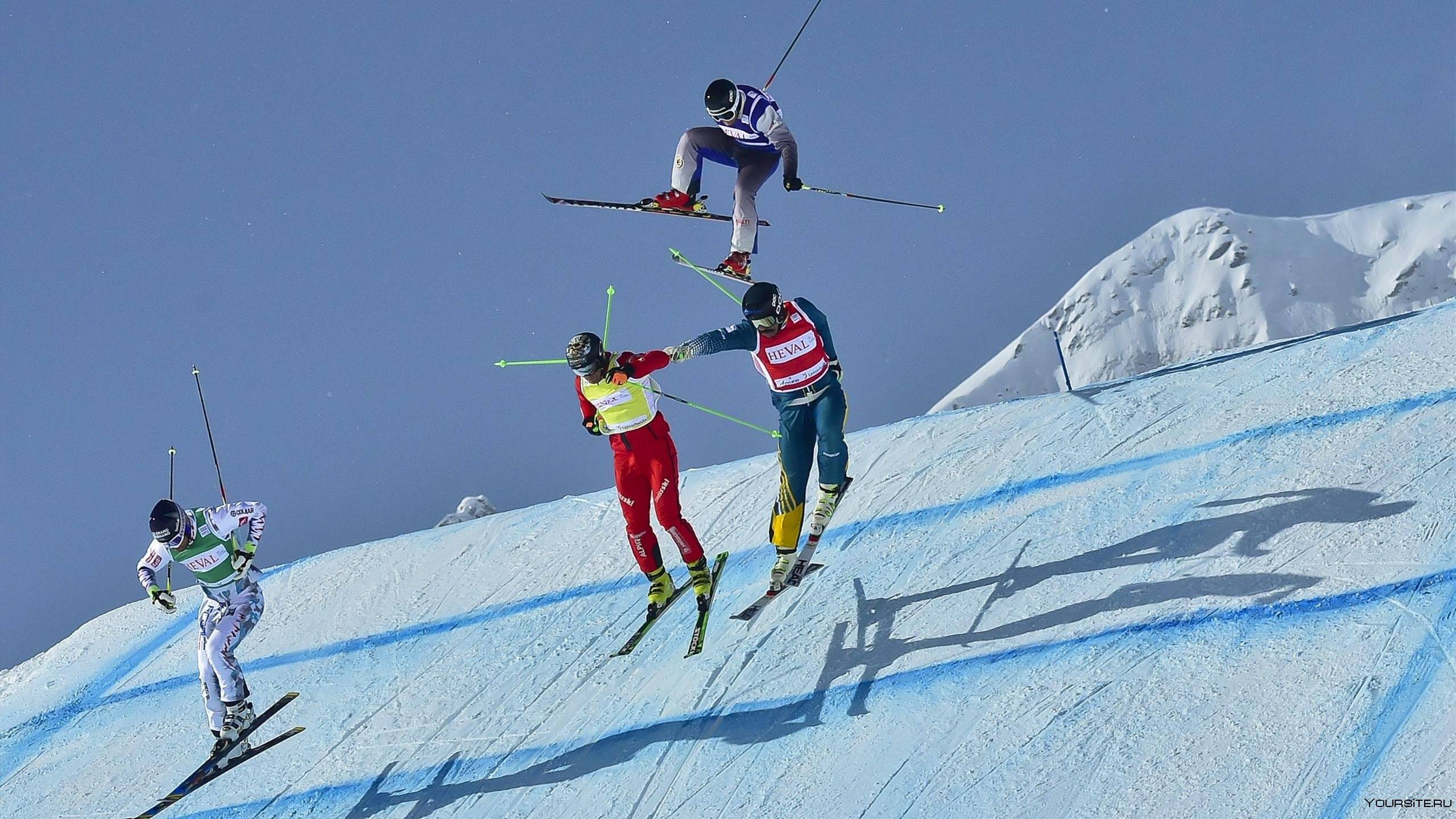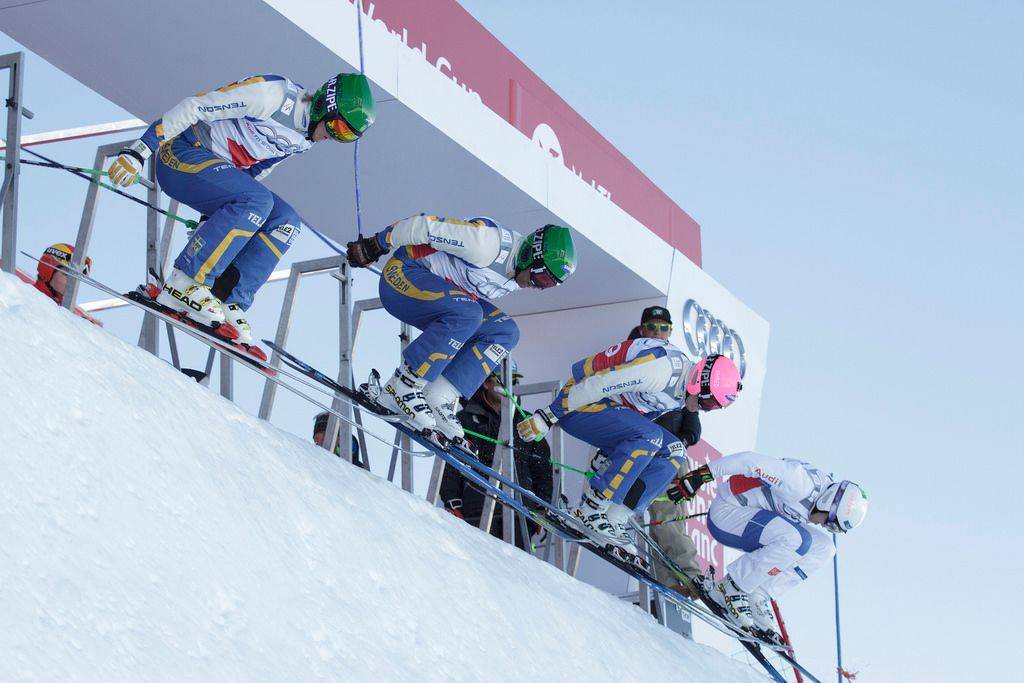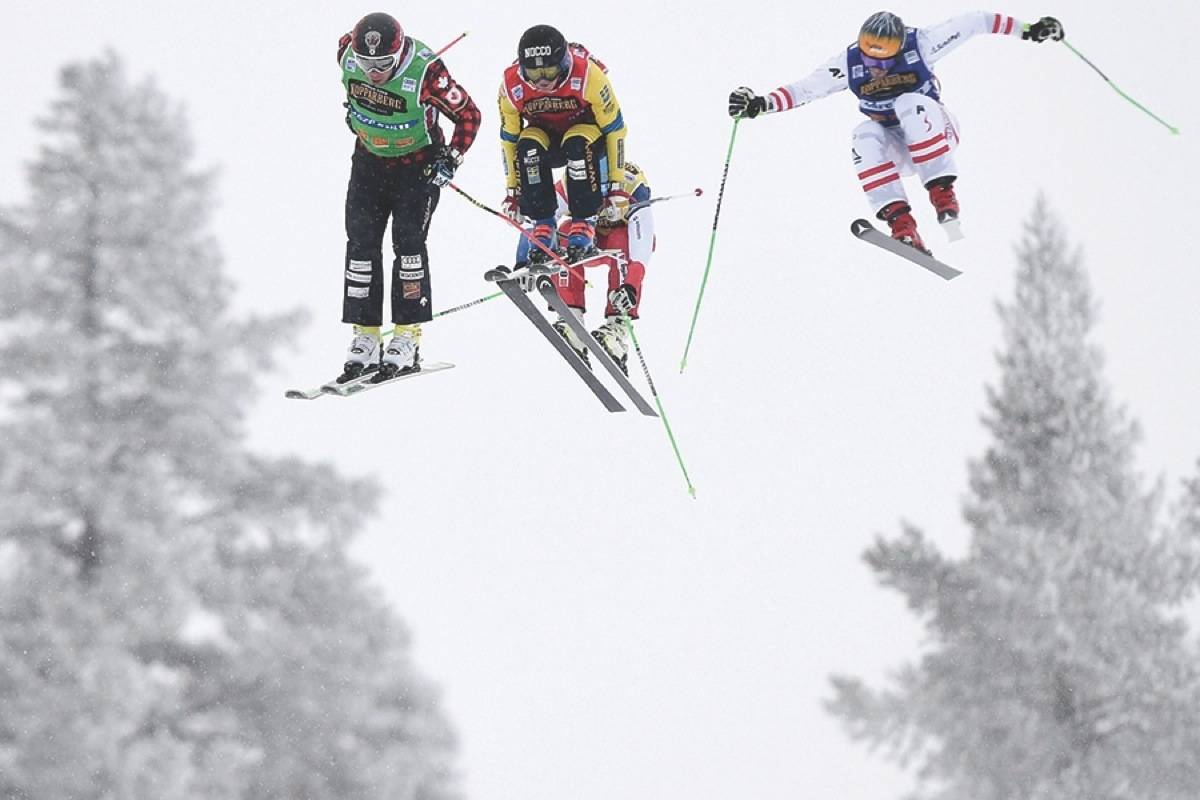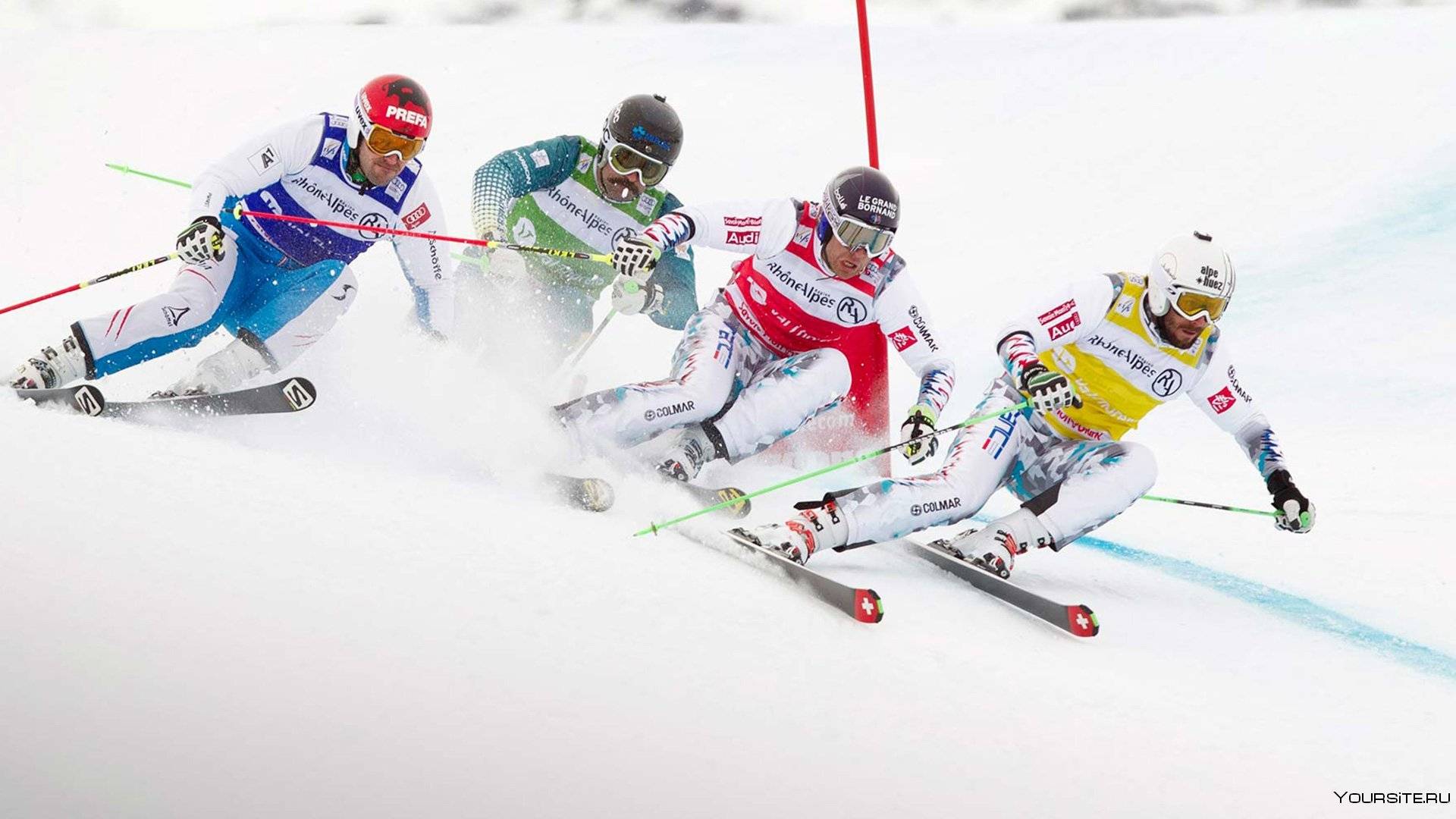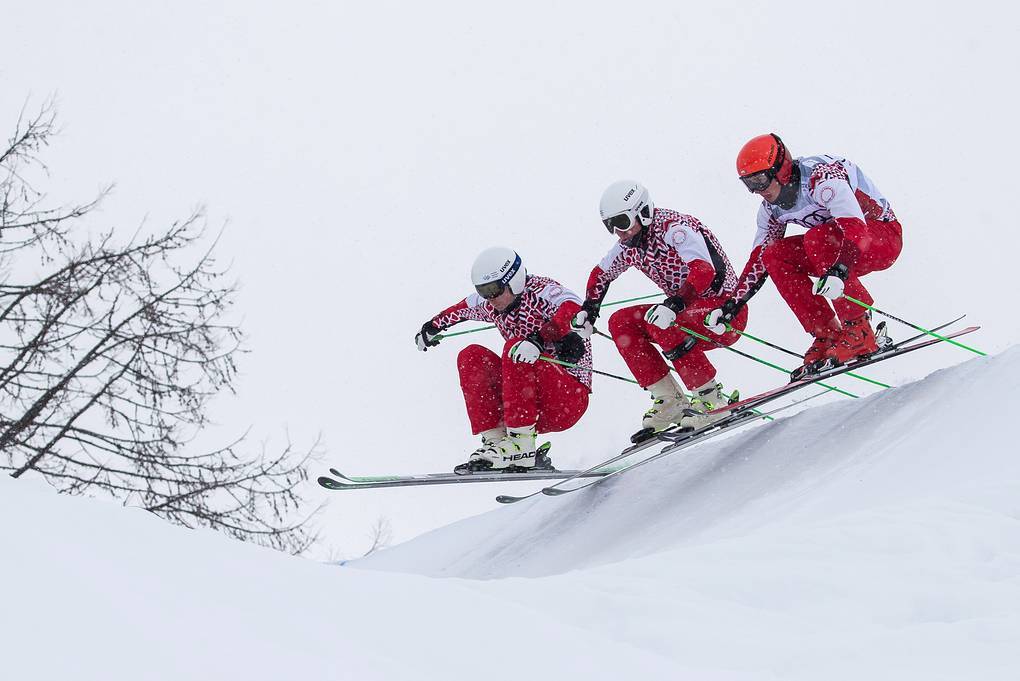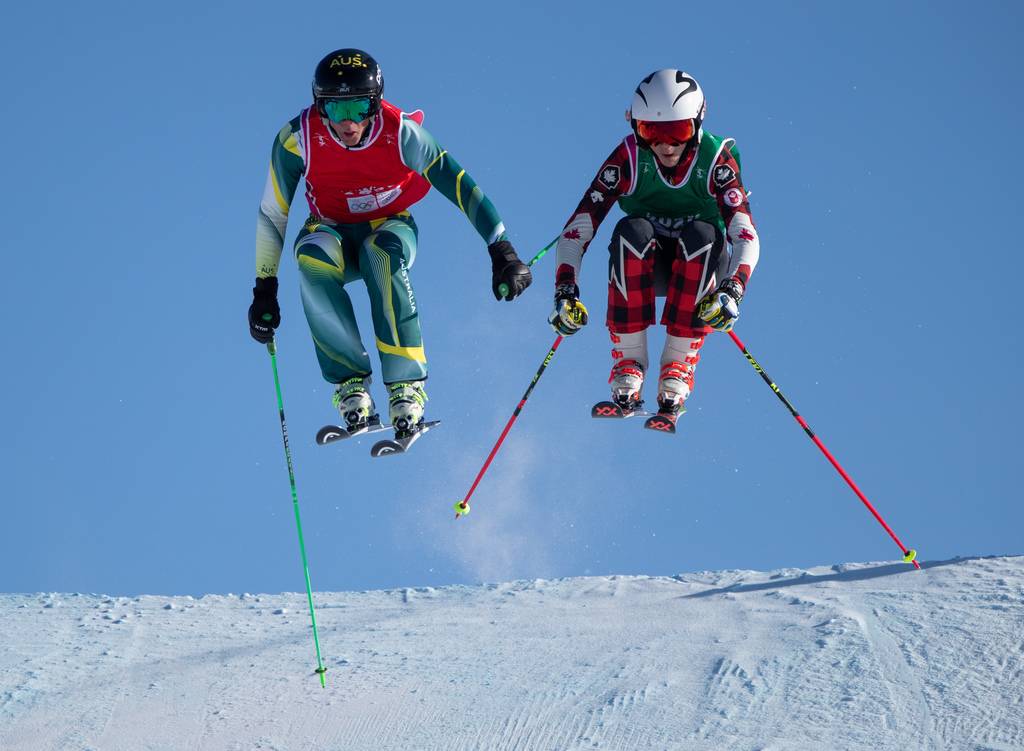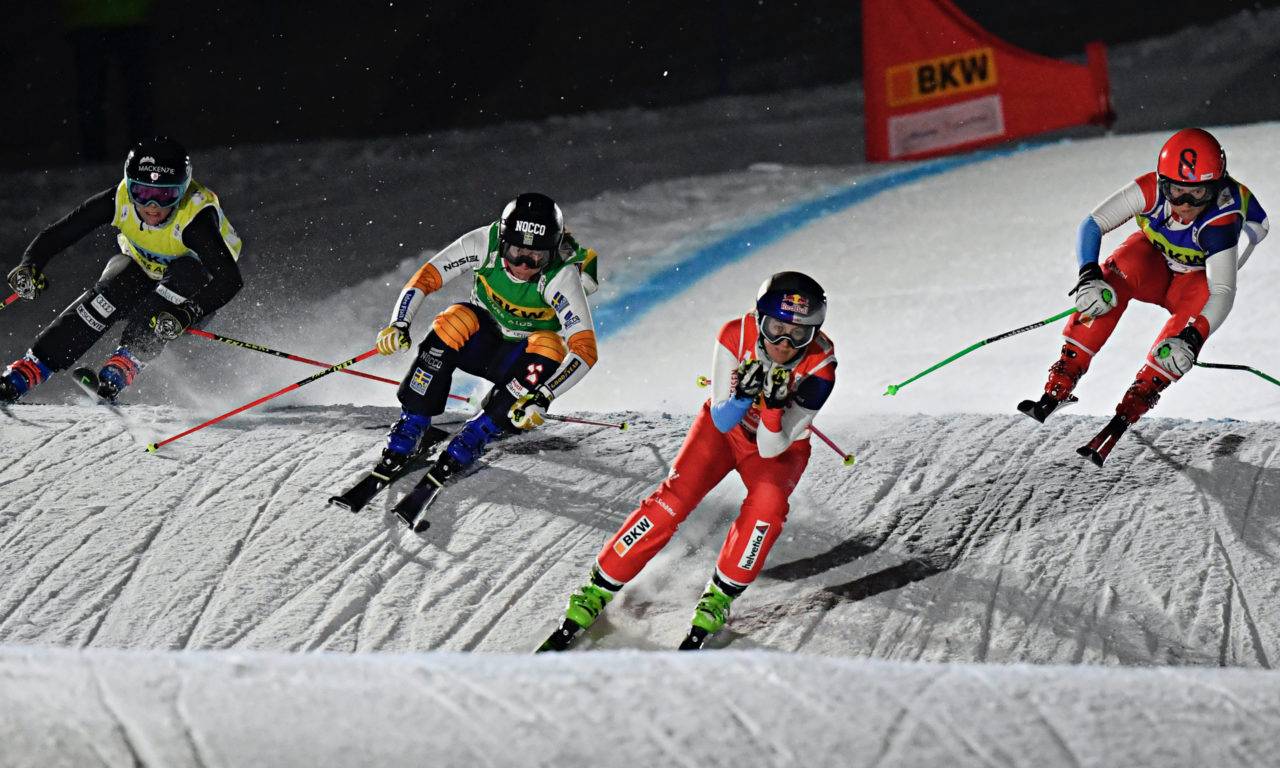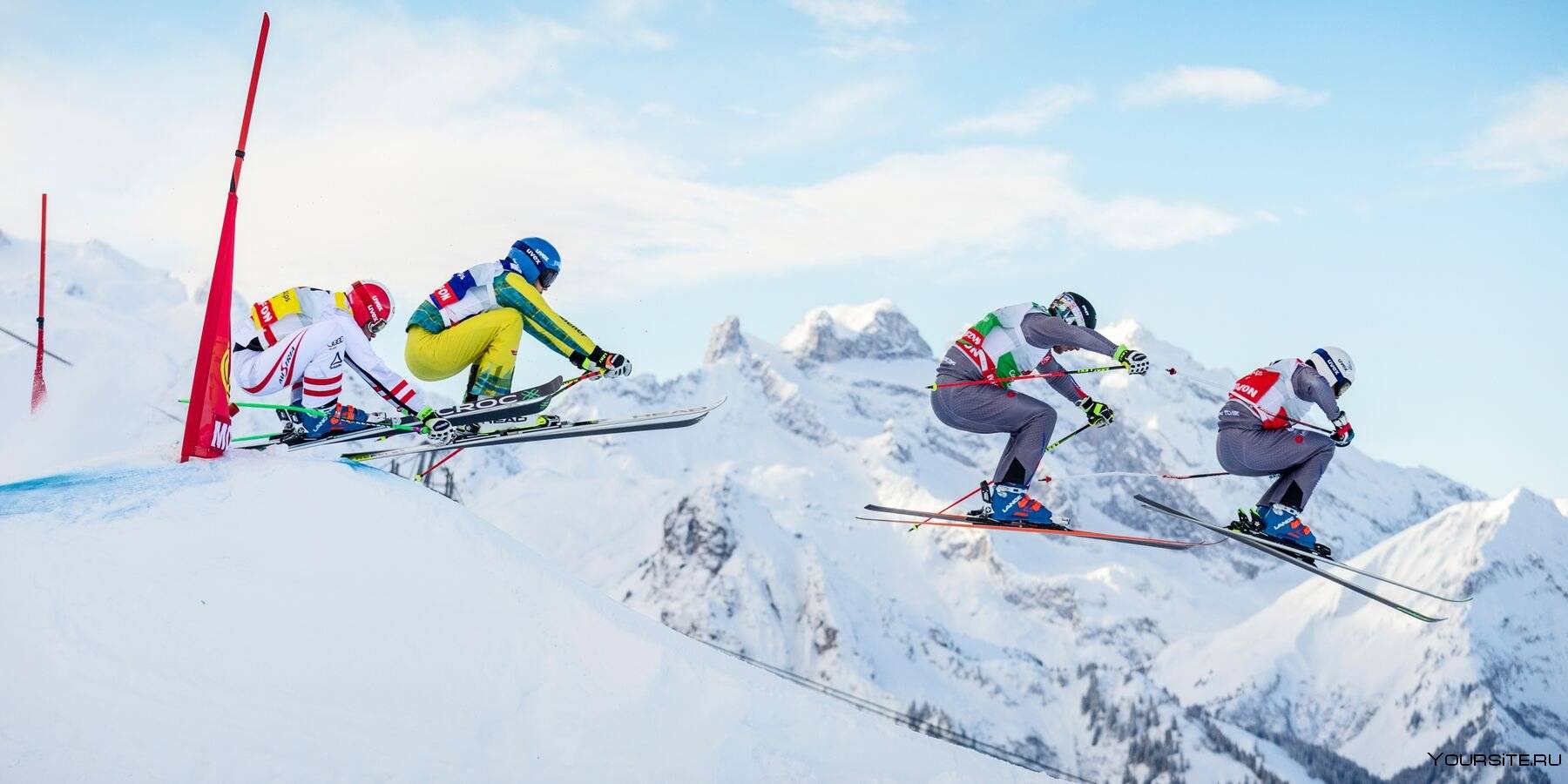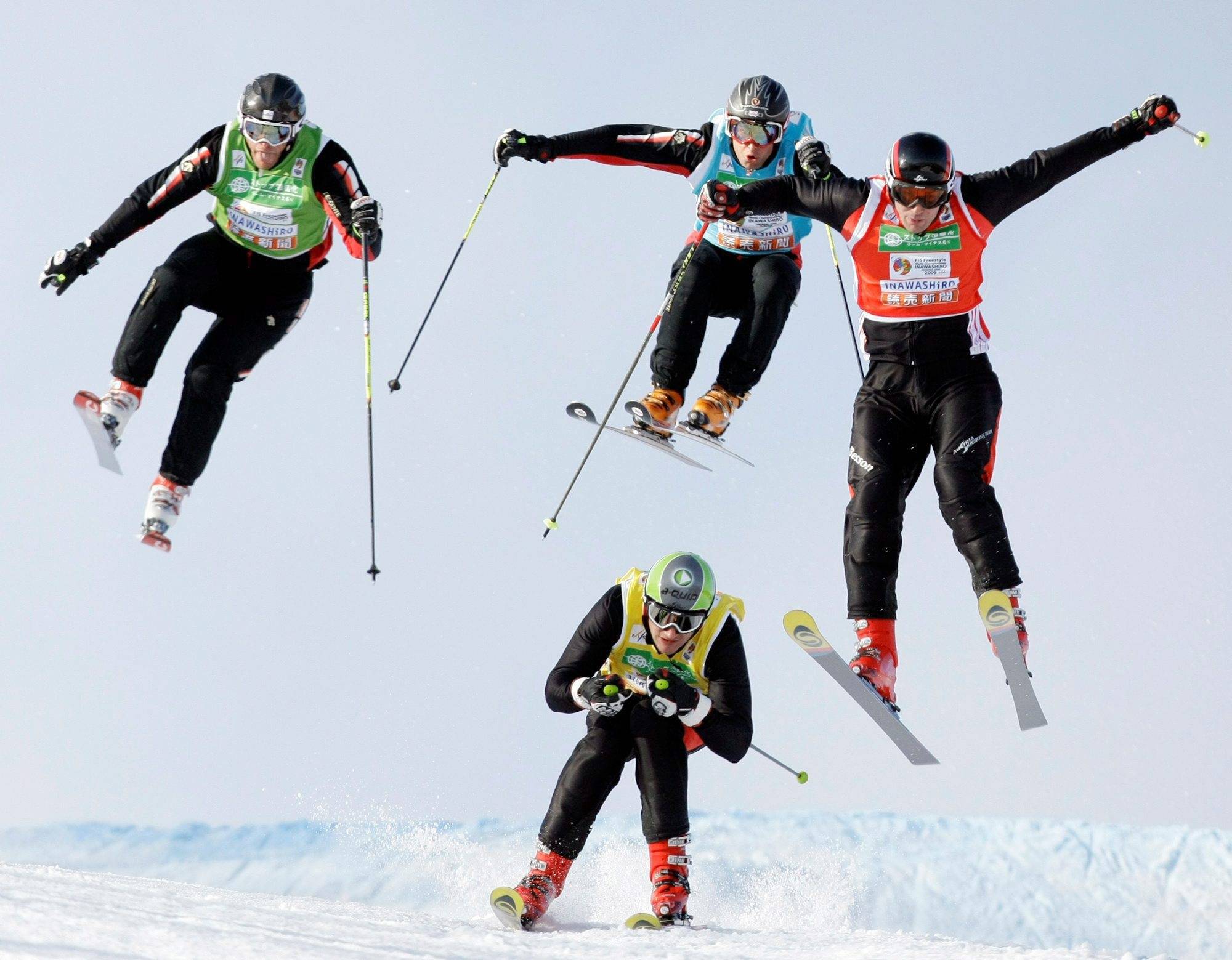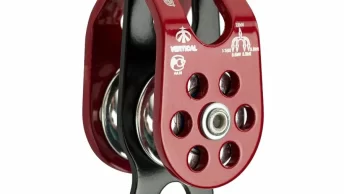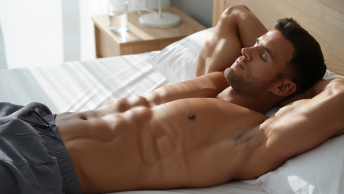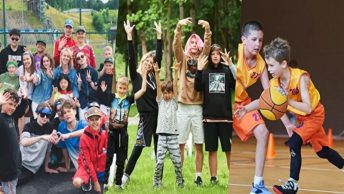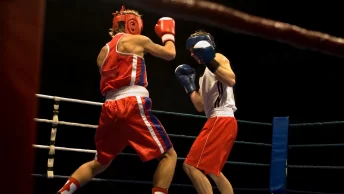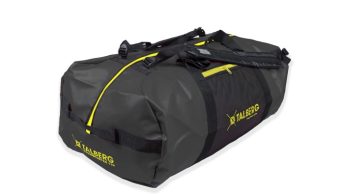The Importance of Legwork
Your legwork is crucial in skiing, so you need to include it in your cross-country ski training. The most important factor is your coordination. Both your feet should work in coordination and support each other to make you glide seamlessly on the snow while you ski. Not only that, your correct legwork will directly impact your pace on the slopes, and for this reason, you must focus on legwork training in the off-season.
Walking at your normal pace is quite beneficial for your leg muscles in order to train them for shuffling techniques on the ski. Focus on drills that involve the following:
Controlling your leg symmetry is essential. In skiing, the skier ideally needs to keep his/ her legs symmetrical without opening them wider than they are required. Test your symmetry when you jump from one side to the other, for instance, from left to right and repeat.
You also need to work on improving your flex pattern. If you do not have a good flex pattern, you end up having too much knee flex and poor ankle flex. This puts your entire body weight on the skis which could injure your knees. To work on this, test your flex patterns when you jump from one side to the other and be aware of your flexing ankle. Try reducing flexing your knees.
Increasing your leg power can go a long way. Many skiers use arms to propel their bodies when they encounter a turn while skiing. This could have worked for you but when you use arms to do the work that the leg muscles are supposed to do, this means you are rotating your upper body and redistributing your body weight. It is not technically correct to have a skier wave his/ her arm all around the place when skiing. You need a proper legwork to make sure your feet know how to work on those turns.
Лыжный фристайл или New School Ski?
Большинство людей не слышало о таком понятии, как лыжный фристайл даже краем уха. Они слабо себе представляют его суть и, тем более, отличие от термина New School Ski.
Фристайл «приехал» в нашу страну в середине 1980-х годов в составе трех дисциплин:
- могул
- акробатика
- лыжный балет
На Олимпиаде присутствовали лишь первые две дисциплины. И до 2010 года в FIS системе ничего не менялось. Эта стагнация послужила толчком к попыткам привнести новое в этот лыжный спорт. И вполне логично, что новаторами в этом плане стали не любители, а профессиональные лыжники – выходцы из фристайла.
Спорт с большим потенциалом всегда имеет больше шансов на развитие и поддержку и, несмотря на то, что горные лыжи гораздо менее популярны по сравнению с командными играми, перспективность некоторых их ответвлений бывает очевидна с самого начала. Но участие государства в их развитии почти всегда ощущается не сразу.
Правила судейства тех лет многое запрещали, поэтому показать свои фантазии на соревнованиях было невозможно. Часть трюков придумывали в зале на батуте, а часть – прямо на трамплине. Требования к трамплинам стали изменяться. Требования к лыжам – тоже. Постепенно маленькие кочки из снега, с которых совершались первые «запрещенные» прыжки, превратились в сооружение под названием big air. А в связи с тем, что заезжать на трамплин, да и приземляться с него, чаще стали спиной вперед, то фирмы-производители стали выпускать твинтипы – лыжи с загнутыми пятками.
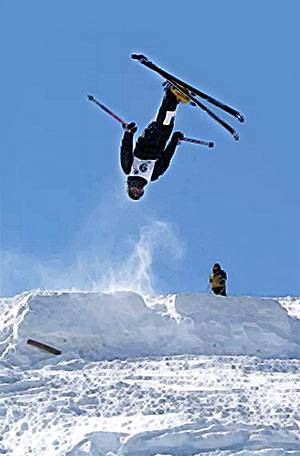 Разумеется, как некогда в лыжном фристайле, так и в новом направлении стали проводить соревнования. Тут и встала необходимость как-то назвать новый вид спорта в пресс-релизах мероприятий. К этому времени среди приверженцев нового направления уже оформилось два понятия, которыми они до сих пор пользуются в равной степени. Это New School Ski и Freeski.
Разумеется, как некогда в лыжном фристайле, так и в новом направлении стали проводить соревнования. Тут и встала необходимость как-то назвать новый вид спорта в пресс-релизах мероприятий. К этому времени среди приверженцев нового направления уже оформилось два понятия, которыми они до сих пор пользуются в равной степени. Это New School Ski и Freeski.
Названия говорят сами за себя. Новая школа фристайла лыж своим появлением и своим названием автоматически определила все, что было до нее в «старую школу» или old school. Как и во всех только появляющихся спортивных видах, призы на первых контестах по Freeski были символические (аксессуары, одежда, абонементы на подъемник).
Ведущими спортсменами в этом виде спорта тогда, да и сегодня являются американцы, французы, шведы и финны. Первыми громкими именами на мировой арене стали Shane McConkey, JP Auclair, Jon Olsson, Candide Thovex, Michael Douglas. Все – выходцы из лыжного фристайла.
В России дело обстояло значительно скромнее. В первую очередь потому, что этап бурного развития New School Ski пришелся на конец 1990-х г.г – начало 2000-х, а тогда россиянам было не до лыж. А во-вторых, интернета еще не было, и узнать о трансформации старого лыжного фристайла попросту было неоткуда.
Понемногу Freeski стал «просачиваться» в Россию на видеокассетах, которые прилагались к партиям лыж в магазины. Разумеется, эти кассеты стали главным учебным пособием для будущих российских фрискиеров.
Сегодня, спустя более десяти лет, в нашей стране на многих горнолыжных курортах присутствуют не одиночные трамплины-big air, а полноценные сноупарки, включающие серии трамплинов, джибовые фигуры, half pipe. В каждом горнолыжном магазине представлена линейка твинтипов, причем, как для мужчин, так и для женщин (а вот лыж для фристайла там почти нет). В разных местах ежегодно проводятся соревнования по Freeski различного формата (от местного до национального) с призами в виде кружек и в виде внушительных денежных сумм.
About This Article
Co-authored by:
Kent Bry
Certified Ski & Snowboarding Instructor
This article was co-authored by Kent Bry. Kent Bry is a certified ski and snowboarding instructor and the director of Adventure Ski & Snowboard, a school based in the San Diego, California metro area. With over 50 years of skiing and snowboarding performance and instruction experience, Kent is certified by the Professional Ski Instructors of America (PSIA). Adventure Ski & Snowboard is a member of the PSIA and the American Association of Snowboard Instructors (AASI). Kent holds a BS in Recreational Therapy from San Diego State University and is also a California-registered recreational therapist. This article has been viewed 116,748 times.
1 votes – 100%
Co-authors: 13
Updated: April 28, 2022
Views: 116,748
Categories: Snow Skiing
It can take a lot of practice to learn to cross country ski, but if you love being outdoors in the snow, it’s a fun activity! When you’re just getting started, it’s best to practice on prepared trails that have been professionally maintained. Stand on flat ground with your skis parallel to each other, then bend forward at the ankles, and slightly bend your knees. Keep your torso straight so your weight is balanced over your hips. Shuffle your skis forward until you start to move smoothly. Keep reading for tips on how to fall safely, as well as how to navigate up and down hills.
Did this summary help you?YesNo
Русский:кататься на беговых лыжах
Français:faire du ski de fond
Italiano:Praticare lo Sci di Fondo
Nederlands:Langlaufen
Tips
Begin cross-country skiing on groomed snow, which will allow for a smooth gliding surface without being too hard. In general, you should try to ski over powdery snow without ice and avoid areas with rocks, roots, or other obstacles.
<b>Thanks! We’re glad this was helpful.</b><br />Looking for more fun ways to learn on wikiHow?<br />Learn about yourself with <a href=’/Quizzes’><b>Quizzes</b></a> or try our brand new <a href=’/Games/Train-Your-Brain’><b>Train Your Brain</b></a> word game.
Unlike downhill skis, cross country skis only bind the front part of your boot while leaving the heel free. This allows greater freedom of movement for your foot.
<b>Thanks! We’re glad this was helpful.</b><br />Looking for more fun ways to learn on wikiHow?<br />Learn about yourself with <a href=’/Quizzes’><b>Quizzes</b></a> or try our brand new <a href=’/Games/Train-Your-Brain’><b>Train Your Brain</b></a> word game.
Snow brightly reflects sunlight, making it easy to get a sunburn. Put on sunscreen and sunglasses before you go skiing.
<b>Thanks! We’re glad this was helpful.</b><br />Looking for more fun ways to learn on wikiHow?<br />Learn about yourself with <a href=’/Quizzes’><b>Quizzes</b></a> or try our brand new <a href=’/Games/Train-Your-Brain’><b>Train Your Brain</b></a> word game.

Advertisement
Endurance Training for Cross-Country Skiing
- Choose an endurance sport, such as running, biking, hiking with poles or roller skiing.
- During training keep a steadily low level of intensity. The point is that you slowly condition yourself to be able to maintain long durations of physical activities. This is extremely important for the effective burning of calories.
- You should find at least two or three occasions for endurance training each week.
- Beginners should start out with just above an hour long training, and should gradually move up to three, four hours long durations of low intensity activity.
If you are willing to dedicate yourself to the task, later on you should invest in rollerskis or a cross-country ski machine. These allow both your upper and lower body muscles to acquire the same motions as they would with actual cross-country skis and poles, and also improve your balance and coordination.
For the sake of variety, you should also include 30 minutes to one hour long one-time treadmill and rowing exercises (incline!) every second week.
Make Your Training Schedule
A good training schedule is the first step to a successful cross-country ski season. While a routine is always customized according to the individual’s goals, weight, height, and ability, there are a few general tips that work for all. For a better illustration, we’ve outlined a sample training plan for you.
For a schedule aimed at building muscle, we focus on strength and conditioning exercises:
- The first two weeks, work out only three days a week.
- After two weeks, your body will be ready to transition into a 5x/week schedule smoothly.
Once the days are sorted, we come down to time.
A day’s workout should be at least 30-60 minutes long, depending on how much your body can take. Now that we also have the time down, you need to move on to the schedule itself. A good 30-minute strength training workout may look like this:
- 3 minutes on a treadmill or elliptical for warm-up
- Squats: 12 reps x 3 sets
- Pullups: 6-8×2
- Pushups: 3-5×2
- Walking Lunge with Rotation: 6×2
- Skater with Uppercut: 6×2
- Step Up with Side Leg Lift: 15 reps on each side
- Deadlift: 12×3
- 30-60 second plank: 1×2
- Chop and Lift: 12×2 on each side


